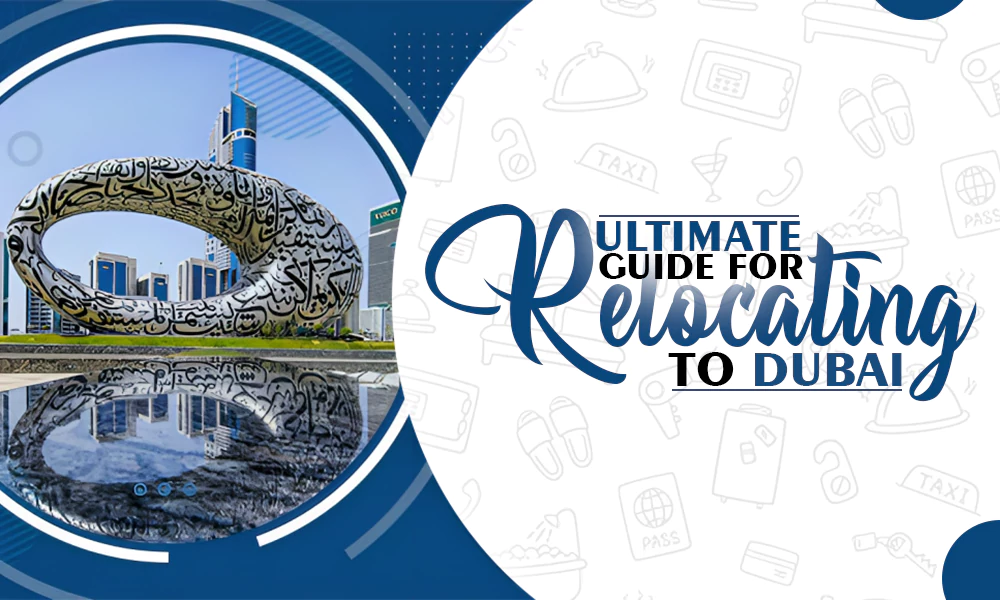Master Mergers & Acquisitions – Your Study Guide

Do you want to complete your Mergers & Acquisitions Master? We have a university for you with locations in different cities where you can complete the Mergers & Acquisitions Master.
In the following, we will present a university, i.e. IMAA Institute. You can find an overview of all university offers for the Mergers & Acquisitions Master in our general university database.
Master Degree in M&A
After you have completed your bachelor’s degree, you can either start your professional life or decide to specify your career a bit more. Depending on where you found your way around in your basic studies, you can look around for master’s programs that focus exactly on your hobby. The Master’s usually lasts 2 to 4 semesters. This also depends on the chosen form of study. In addition, you may have to meet a minimum grade for a successful application, but you can usually find this out easily by looking at the website of the University of your choice.
If you have completed your first degree in economics or law, you now have the opportunity to specialize in one of the many master’s programs in the field of business law. There is, for example, tax law, IMAA mergers and acquisitions course, or the exciting area of business law with IMAA Certification. In most cases, you will then complete your master’s degree as a Master of Laws (LLM). Not just this, there’s also a lot of confusion when it comes to selecting a general vs. specialized MBA.
Mergers & Acquisitions
Mergers & Acquisitions – that is the buzzword when it comes to mergers, the purchase or sale of companies. Because signing a business contract is no longer done between breakfast rolls and a coffee break. A detailed examination and in-depth knowledge of commercial and tax law are part of the basic preparation here. And that’s exactly where you come in: with a Mergers & Acquisitions degree, you help companies to close the best possible deals and are therefore a sought-after applicant on the job market.
What do I Learn in This Course?
In the Mergers & Acquisitions degree, which is primarily offered as a Master’s degree, the general topics of law and economics are combined with the special area of Mergers & Acquisitions. This means that you deal primarily with corporate law, capital markets law, antitrust law, insolvency law, compliance, and international transactions. The company-related tax types and the company analysis, based on various key figures, are in the foreground here. In addition, you will receive a wide range of methodological skills to be able to solve later complex entrepreneurial tasks.

Which Conditions Do I Have to Fulfill?
Since a Mergers & Acquisitions degree is primarily offered as a master’s degree, a completed bachelor’s degree is required. You can find out exactly what conditions you have to meet, whether you have foreign language skills that need to be proven, or whether you should have a minimum grade, on the website of your chosen university or from the student advisory service.
What Career Prospects Do I Have?
Whether it’s bankruptcies, mergers, or expansions, the world of big business is an ebb and flow. And that’s exactly why your skills are always needed and used by all kinds of companies. With a Mergers & Acquisitions degree, you qualify for management and consulting positions. Banks and management consultancies in particular are always looking for experts in the M&A business who are experienced in checking contracts to avoid financial losses.
How Does One Actually Become a Talent Acquisition Manager?
Recruiting is a profession that has so far mostly been learned on the job. There is no uniform definition. The question of the ingredients and the profile of a recruiter comes up again and again. Especially today, when the classic recruiter profile is being replaced more and more by that of a talent acquisition manager.
Although changed forms of work, scarce knowledge, and the general transformation of all areas pose great challenges for companies, there is still no adequate training in Talent Acquisition Management in Switzerland. Until now. – In cooperation with the HR Today Academy, we are offering contemporary and future-oriented training for the first time and are taking a holistic approach to the topic of “Talent Acquisition for the digital era”. The following questions should be answered: What distinguishes the talent acquisition manager from the recruiter? What are the success criteria in sustainable digital recruitment? Are active sourcing and employer branding more important than communication and knowledge of human nature? Does the Talent Acquisition Manager need to sell or buy? And what does the talent economy have to do with it?
The training is based on the latest market knowledge and success models. Digitization, which can be felt all around, is also brought into focus. Transformation, artificial intelligence, or big data are just as much a part of the training as active sourcing, competency models, KPIs, or online marketing. Holistic personnel recruitment is based on the following elements when setting up and positioning in a company:
- Strategy & Transformation Form of collaboration between employees and employers, orientation and approach to digital talent acquisition, importance, and cooperation with other areas and departments.
- Organization & recruitment Hierarchical positioning, setup, and structure of talent acquisition within the organization and within HR.
- Processes & Procedures, responsibilities, and delimitations of talent acquisition within the company and within HR.
- Mindset & Approach Competencies/Skills, Tasks, and Talent Requirements
- Acquisition Management and the Digital Talent Acquisition Manager profile.
- Technologies & tools Systems and tools for a stringent digital recruitment process from social media, one-click application, ATS to digital signature.
Holistic Talent Acquisition – IMAA Institute
Based on these core issues, future-oriented personnel recruitment can be derived. The following graphic gives you an insight into the course of a “journey” geared towards candidates. In IT, one speaks of the best possible “user experience”, i.e. the simplest and most efficient way to fulfill a request from the user’s point of view. The same maxim also applies to recruitment:
Talent advertising includes all components of target group orientation and orientation towards short-term and long-term employees. This also includes employer branding activities and HR communications. The type of contact is covered by the One-Click Application area, representative of the simplicity of the interaction between the company and the candidate. The early connection to the company through a talent pool makes direct contact easier, which, in the sense of ReActive Sourcing, ranges from cold acquisition to relationship management from the network. The selection is based less and less on the classic CV criteria, but is developing towards skill set matching: What skills are required and who can cover them, and in what form? If you have agreed on cooperation in preboarding, the question of the form of cooperation follows after the conclusion of the contract (digital contract/signature).










